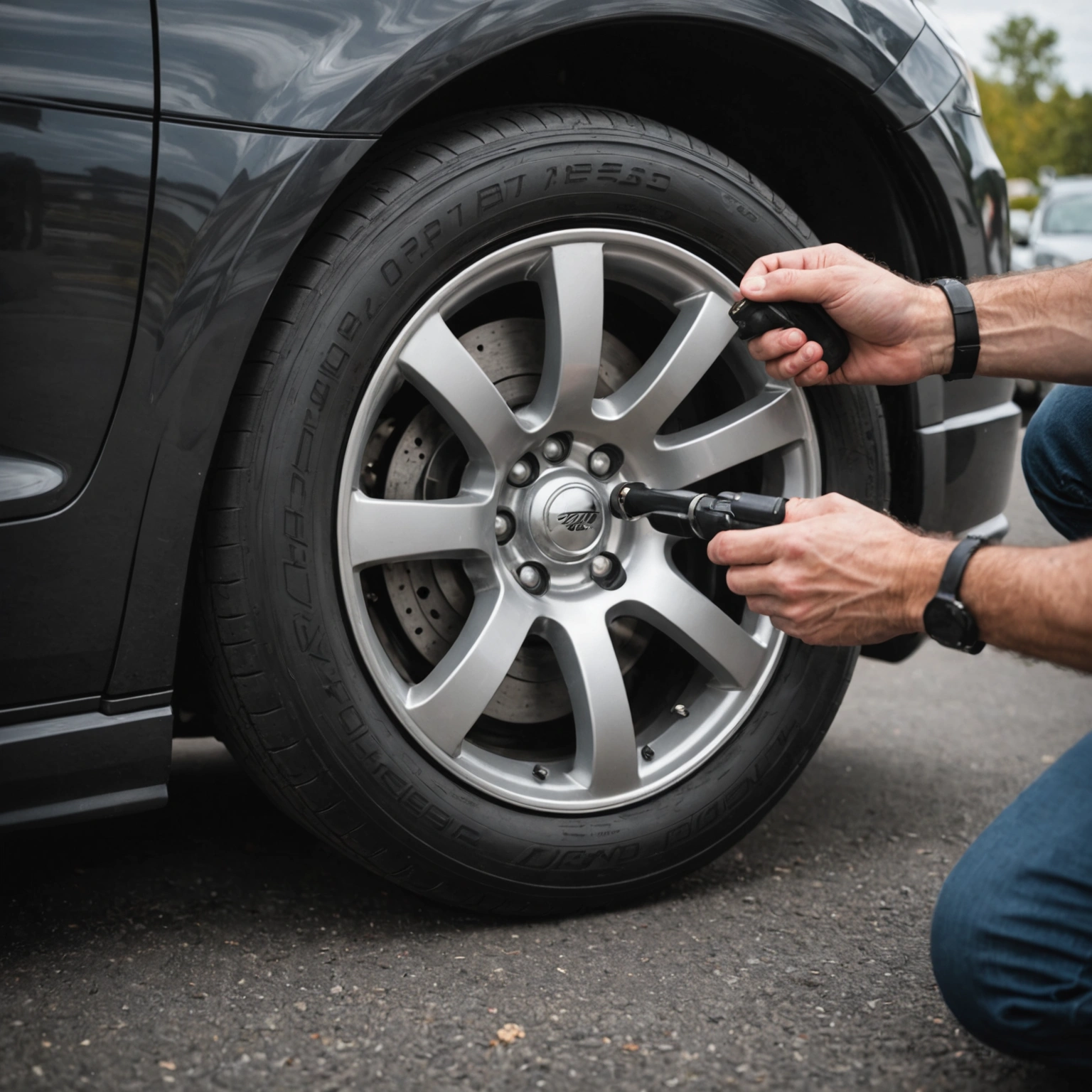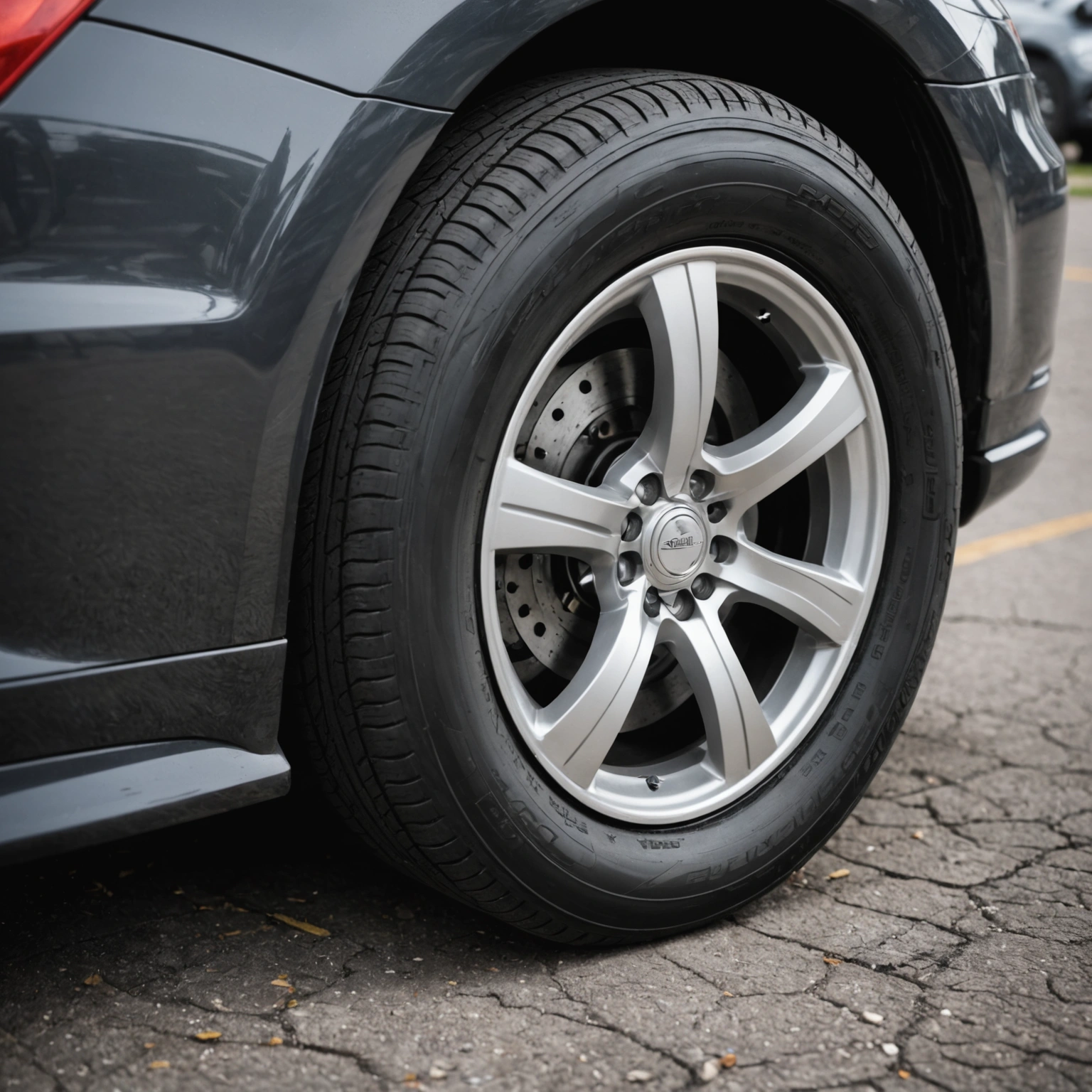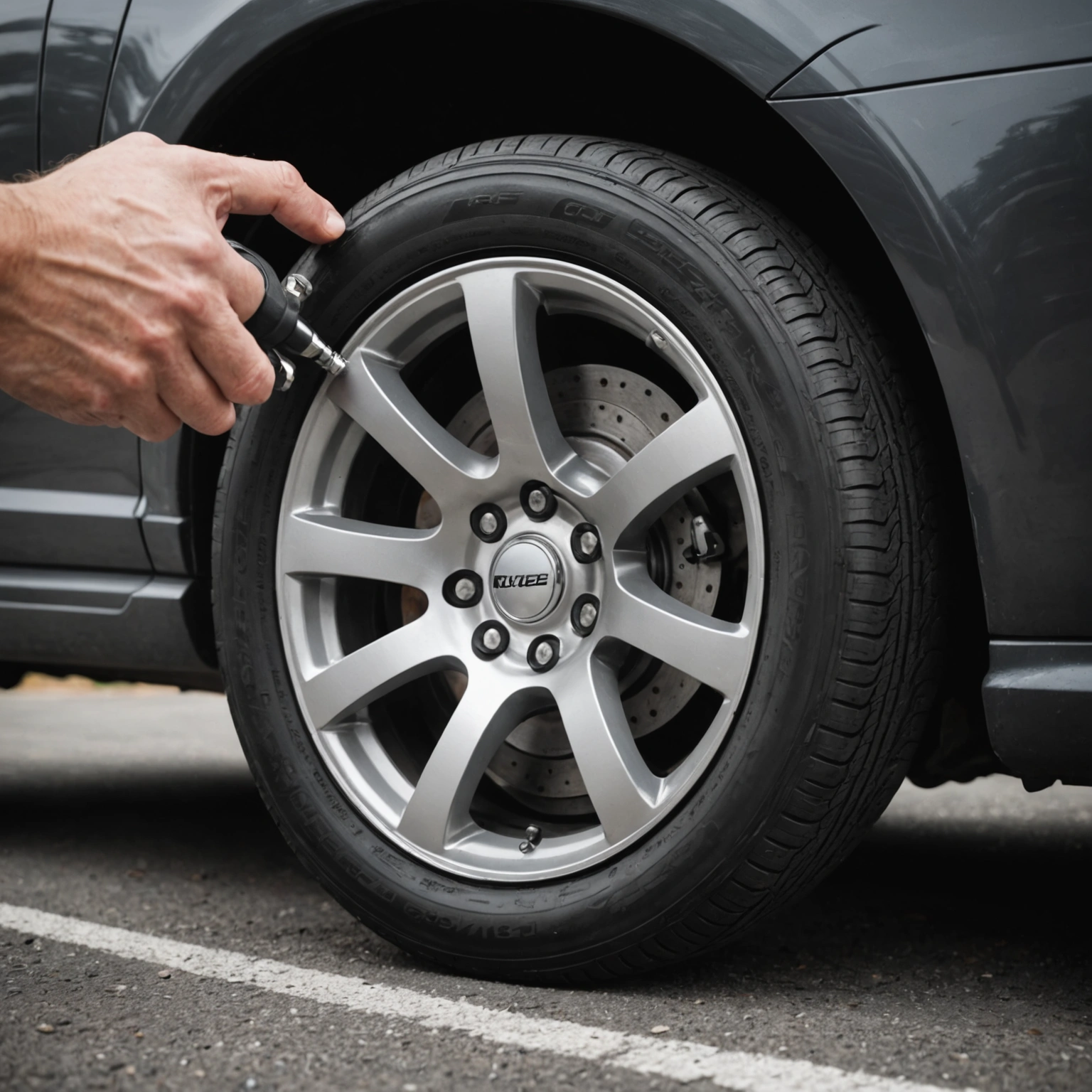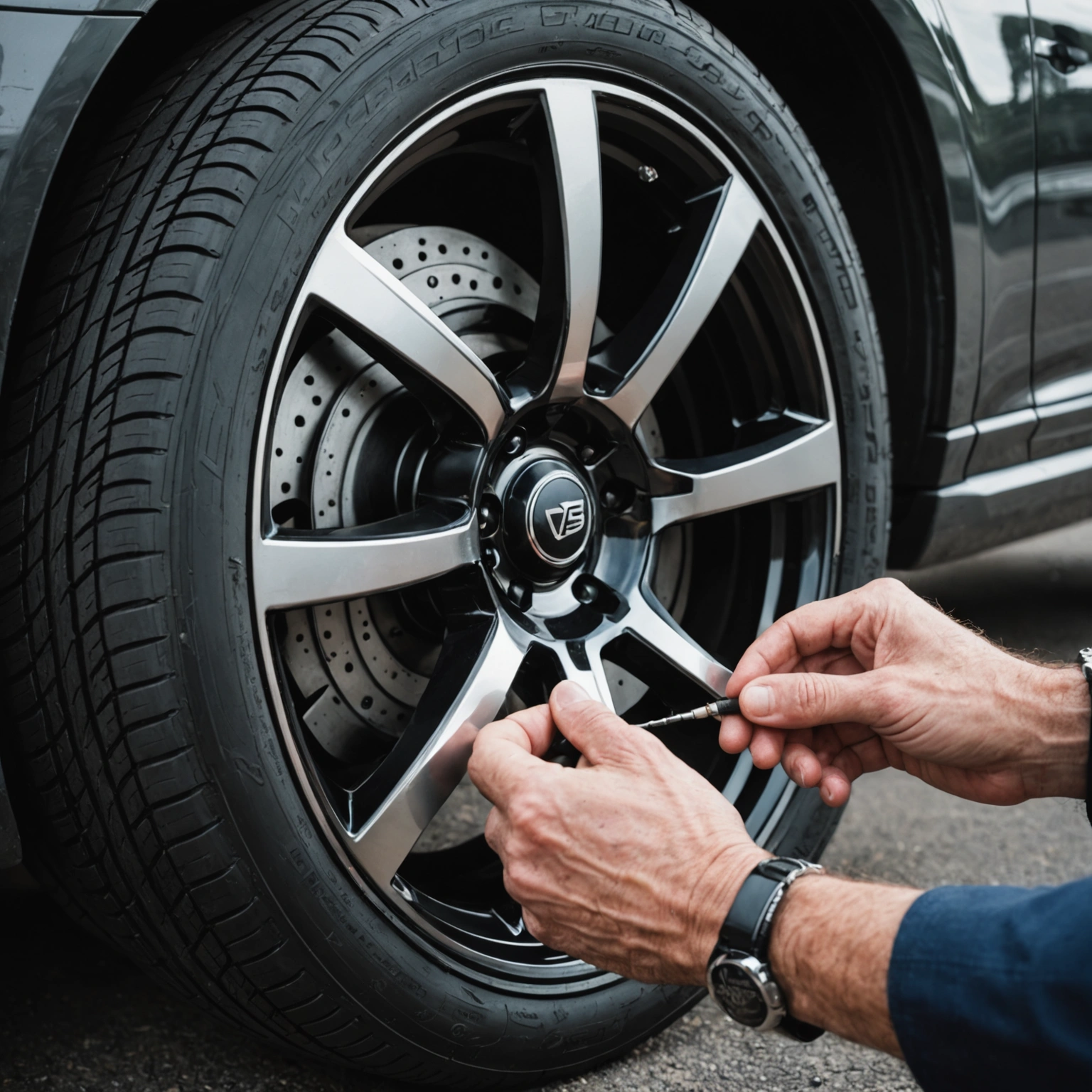**What Tire Pressure Do I Need? A Guide to Keeping Your Tires Properly Inflated**
Maintaining the correct tire pressure is essential for vehicle safety, fuel efficiency, and tire longevity. But with so many different tire pressure recommendations out there, it’s natural to wonder: *What tire pressure do I need?* Here’s a comprehensive guide to help you understand the right tire pressure for your vehicle and how to maintain it.

### Why Is Proper Tire Pressure Important?
– **Safety:** Correctly inflated tires provide better handling, braking, and reduced risk of blowouts.

– **Fuel Efficiency:** Under-inflated tires increase rolling resistance, leading to higher fuel consumption.
– **Tire Longevity:** Proper pressure helps prevent uneven or premature tire wear.

– **Comfort:** Properly inflated tires contribute to a smoother ride.
### How to Find the Correct Tire Pressure

1. **Check the Vehicle’s Door Placard:**
Most cars have a tire pressure label located on the driver’s side door jamb, which specifies the manufacturer-recommended pressure for the front and rear tires. It’s the most reliable source for your specific vehicle.
2. **Consult the Owner’s Manual:**
Your vehicle’s manual will also specify the recommended tire pressures, especially if your car has unique requirements.
3. **Look at the Tire Sidewall:**
While the sidewall of the tire indicates the maximum allowable pressure, it is *not* the recommended pressure. Always follow the vehicle manufacturer’s specifications.
### Standard Tire Pressure Ranges
– Most passenger cars typically require between **30 and 35 PSI** (pounds per square inch).
– Larger vehicles like trucks or SUVs may have higher recommended pressures, often between **35 and 45 PSI**.
– **Note:** Never inflate your tires beyond the maximum pressure indicated on the tire sidewall.
### How to Check and Maintain Proper Tire Pressure
1. **Use a Reliable Tire Pressure Gauge:**
Digital or dial gauges provide accurate readings. Check pressure when tires are cold (before driving or after at least 3 hours of inactivity).
2. **Check Regularly:**
Inspect your tire pressure at least once a month, and before long trips.
3. **Inflate or Deflate as Needed:**
Use an air compressor at gas stations or a personal air pump to adjust tire pressures accordingly.
4. **Monitor Wear and Tear:**
Uneven wear may indicate incorrect pressure or other issues—address these promptly.
### Common Mistakes to Avoid
– **Ignoring the recommended pressure:** Overinflation can reduce traction and cause uneven wear, while under-inflation increases the risk of blowouts.
– **Checking when tires are hot:** Driving heats up tires, temporarily increasing pressure; always check when tires are cold.
– **Using the maximum pressure on the sidewall:** This is not the recommended operating pressure for your vehicle.
### Final Tips
– Always prioritize the vehicle manufacturer’s recommended tire pressure.
– Keep your tires properly inflated for optimal vehicle performance.
– Remember, maintaining correct tire pressure is a simple yet crucial step in vehicle maintenance that can save lives and money.
—
**In summary:**
Check your vehicle’s door placard or owner’s manual for the recommended PSI, typically around 30-35 PSI for most passenger cars. Regular maintenance and proper inflation not only ensure safety but also enhance your driving experience and save you money in the long run.
Safe driving!

